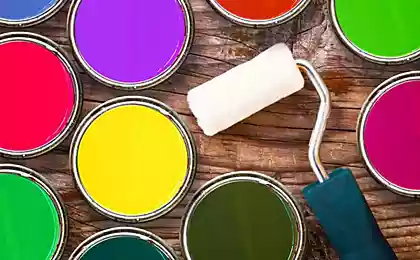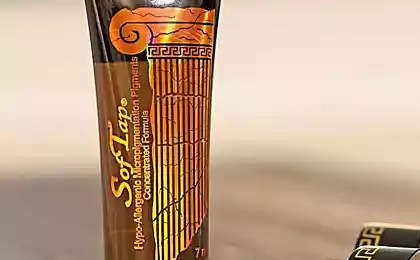149
Colors that are not: forbidden pigments in the history of art
Paints made of mummies, poisonous greens of Victorian dresses, radioactive uranium glass shine. How chemistry changed the palette of humanity.

The Dark Secrets of Colors: An Introduction
In the history of art, there is a special category of pigments that have been banned, forgotten or banned for ethical and chemical reasons. Some were so poisonous that they killed artists, others were created from terrifying sources. Let's figure out what colors have disappeared from the palette of humanity forever.

Paint from Mummies: When Art Eats the Dead
In the nineteenth century, European artists used one of the strangest and most sinister pigments. mummy-paint. It was made from the ground remains of ancient Egyptian mummies, whose tissues were impregnated with natural resins. Such a pigment had a unique warm hue, but after realizing its barbaric origin was forced out of the market.

Arsenic greens: the deadly fashion of the Victorian era
In the middle of the XIX century in Europe became fashionable emerald greenIt is based on arsenic. It was used not only in painting, but also in clothes and interiors. Dresses impregnated with this pigment could literally poison their owners, and artists and factory workers became en masse ill due to toxic fumes.
Uranium glass: radioactive art
One of the most mysterious materials of the XX century uraniumglass. It glows in ultraviolet due to the presence of uranium in the composition. Despite low levels of radiation, this material has been banned in many countries. However, collectors still hunt for this mystical glow.

Conclusion
The history of art is full of unexpected and sometimes creepy discoveries. Some colors have disappeared from the palette of humanity forever, others have returned as modern safe counterparts. But they all remind us how closely chemistry, art and human destinies are connected.

The Dark Secrets of Colors: An Introduction
In the history of art, there is a special category of pigments that have been banned, forgotten or banned for ethical and chemical reasons. Some were so poisonous that they killed artists, others were created from terrifying sources. Let's figure out what colors have disappeared from the palette of humanity forever.

Paint from Mummies: When Art Eats the Dead
In the nineteenth century, European artists used one of the strangest and most sinister pigments. mummy-paint. It was made from the ground remains of ancient Egyptian mummies, whose tissues were impregnated with natural resins. Such a pigment had a unique warm hue, but after realizing its barbaric origin was forced out of the market.

Arsenic greens: the deadly fashion of the Victorian era
In the middle of the XIX century in Europe became fashionable emerald greenIt is based on arsenic. It was used not only in painting, but also in clothes and interiors. Dresses impregnated with this pigment could literally poison their owners, and artists and factory workers became en masse ill due to toxic fumes.
Uranium glass: radioactive art
One of the most mysterious materials of the XX century uraniumglass. It glows in ultraviolet due to the presence of uranium in the composition. Despite low levels of radiation, this material has been banned in many countries. However, collectors still hunt for this mystical glow.

Conclusion
The history of art is full of unexpected and sometimes creepy discoveries. Some colors have disappeared from the palette of humanity forever, others have returned as modern safe counterparts. But they all remind us how closely chemistry, art and human destinies are connected.
Diogenes syndrome: why people turn their homes into landfills
Why Smart People Believe in a Flat Earth Psychology of Conspiracy























